
Question and Answers Forum
Question Number 134704 by I want to learn more last updated on 06/Mar/21
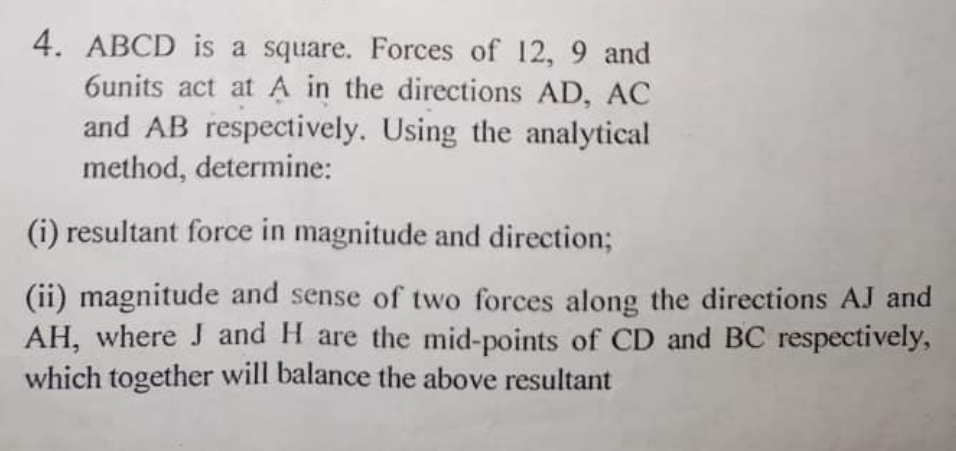
Answered by mr W last updated on 07/Mar/21
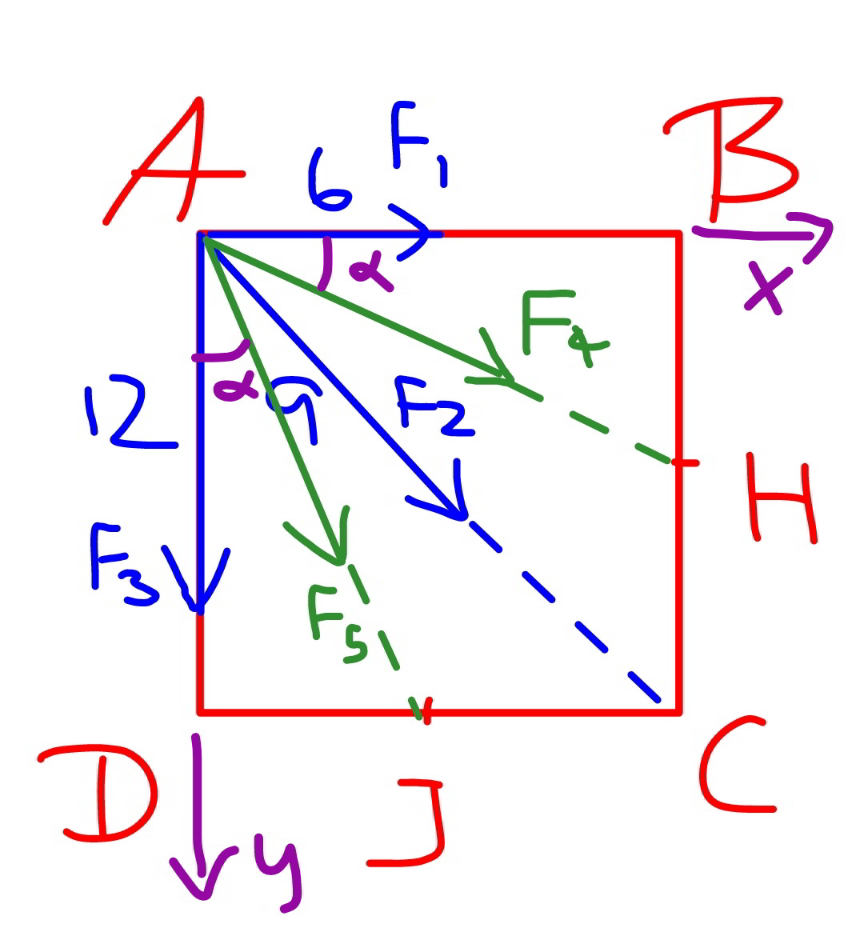
Commented by mr W last updated on 07/Mar/21
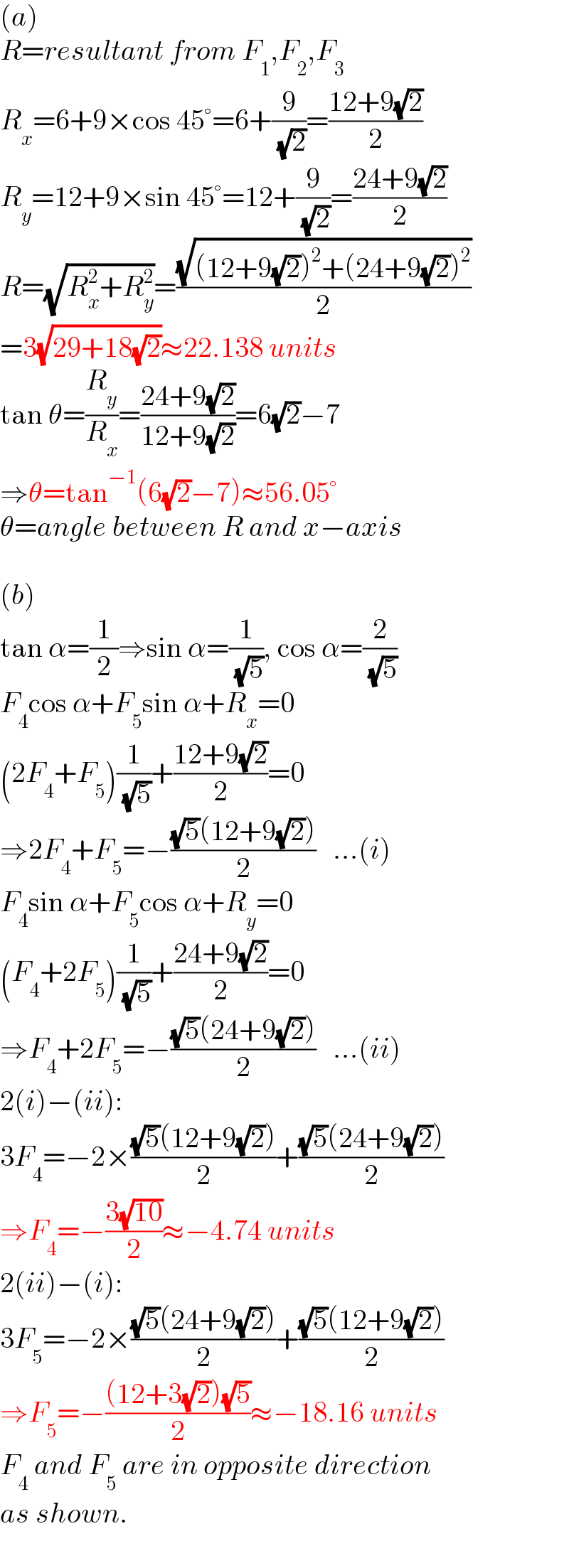
Commented by I want to learn more last updated on 07/Mar/21

Commented by I want to learn more last updated on 11/Mar/21

Commented by I want to learn more last updated on 11/Mar/21

Commented by mr W last updated on 11/Mar/21

Commented by mr W last updated on 11/Mar/21
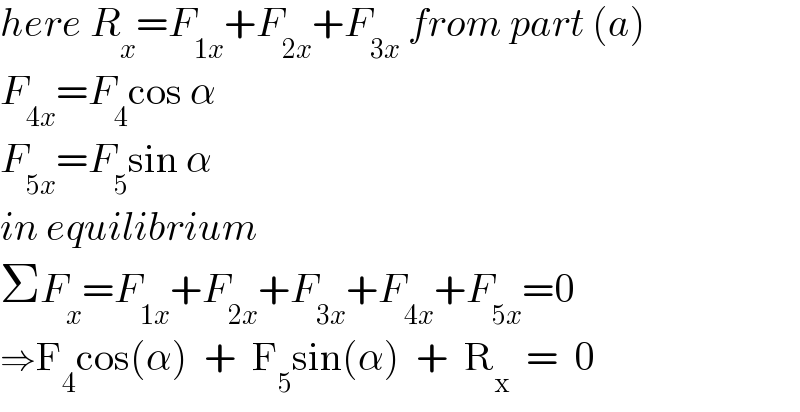
Commented by I want to learn more last updated on 11/Mar/21

Commented by I want to learn more last updated on 11/Mar/21
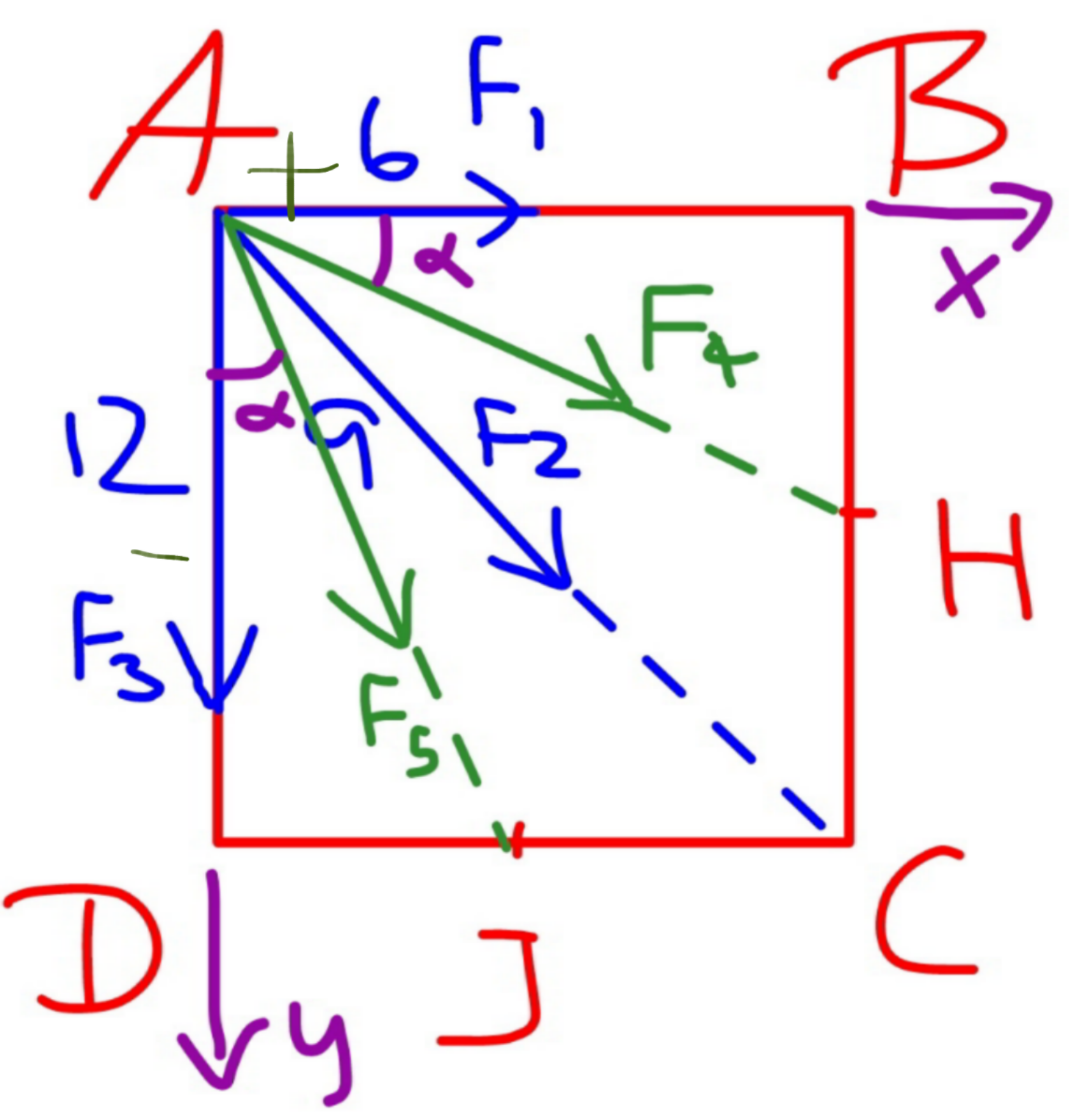
Commented by mr W last updated on 11/Mar/21

Commented by mr W last updated on 11/Mar/21
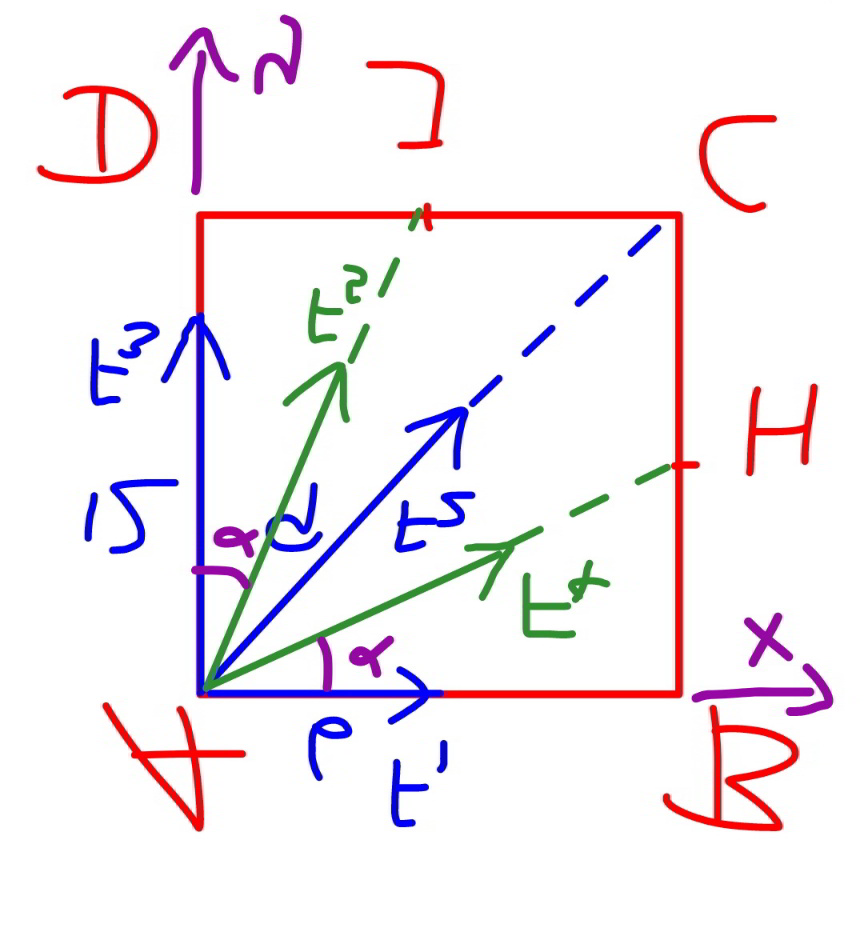
Commented by mr W last updated on 11/Mar/21

Commented by I want to learn more last updated on 11/Mar/21

